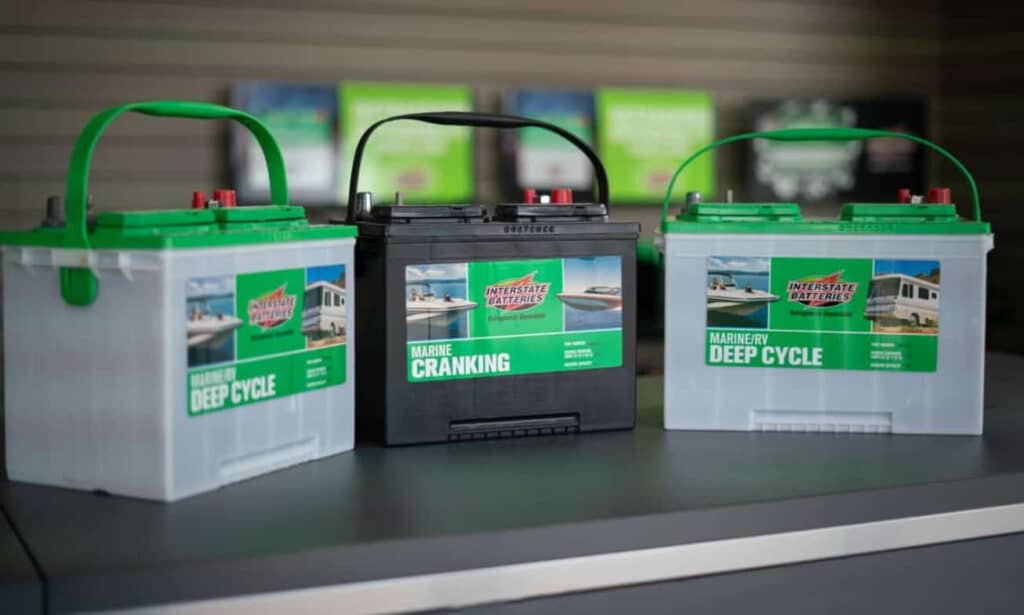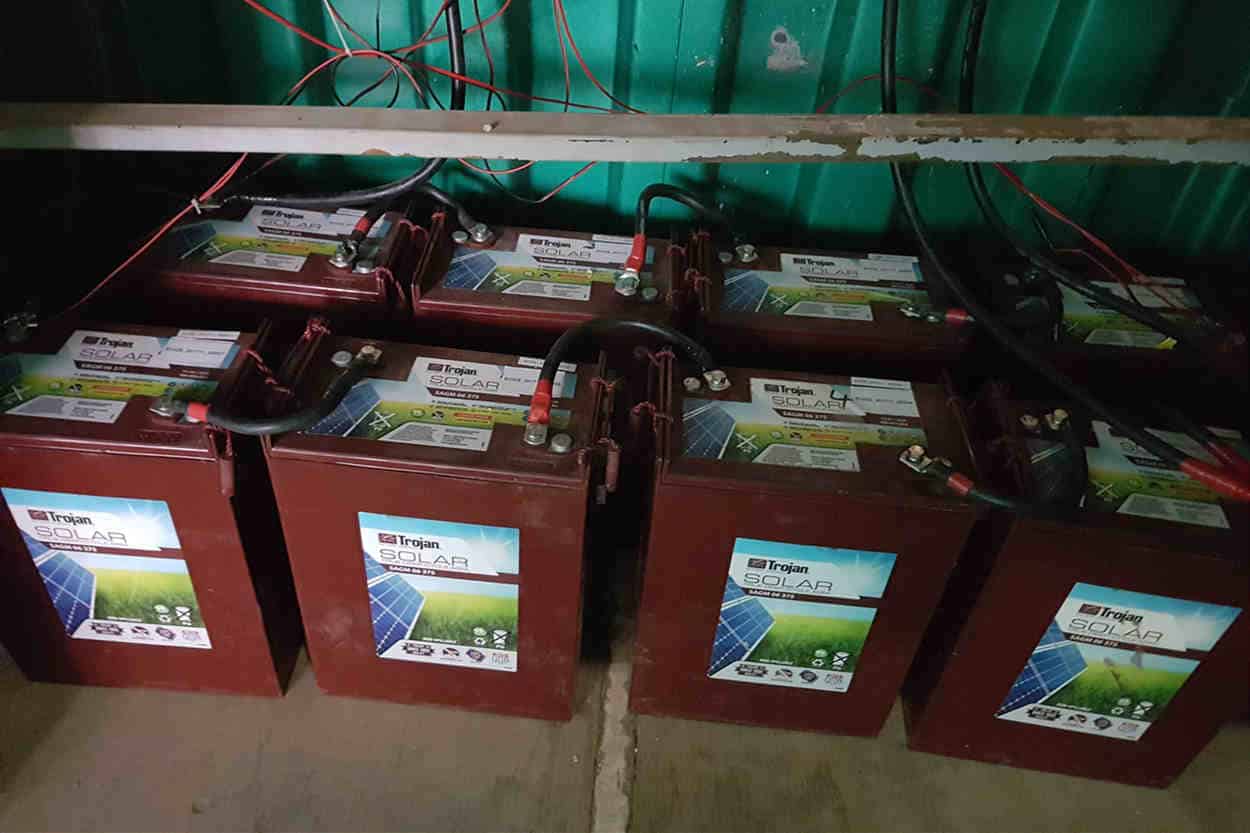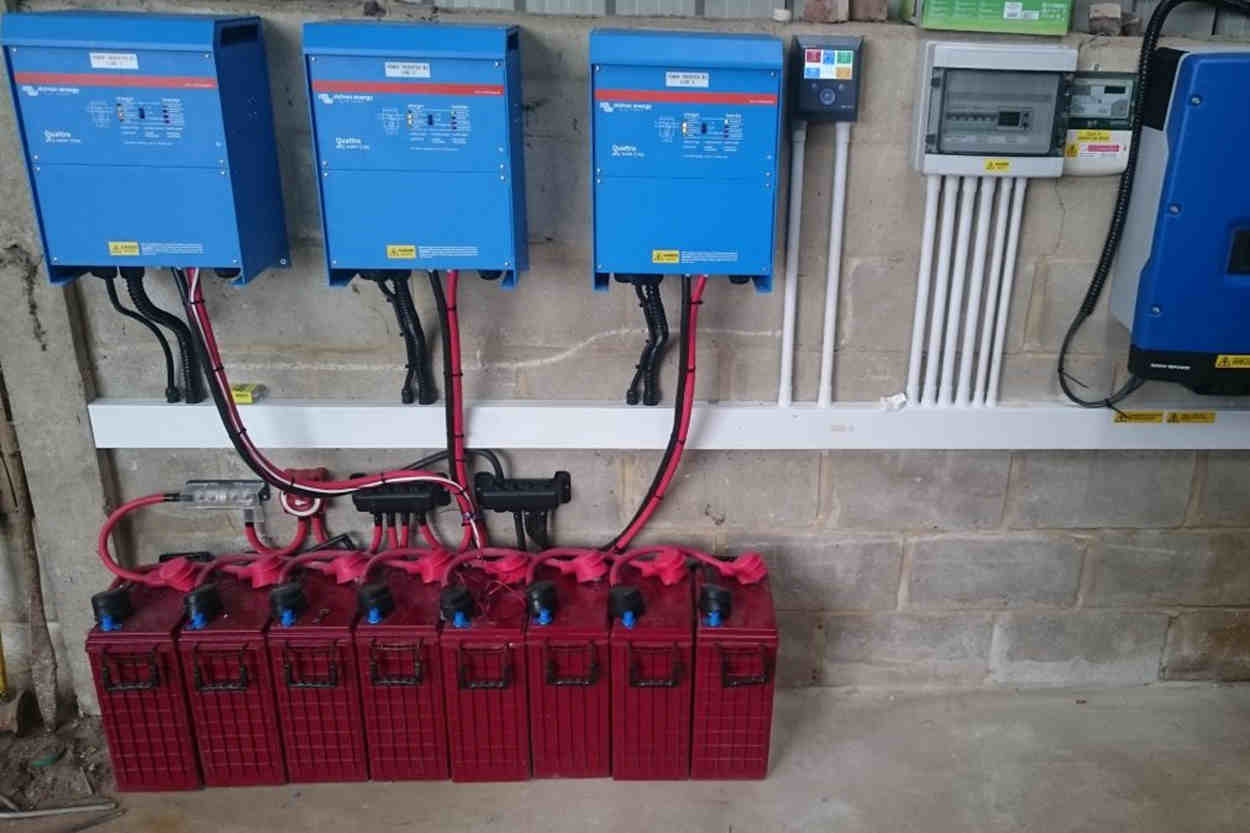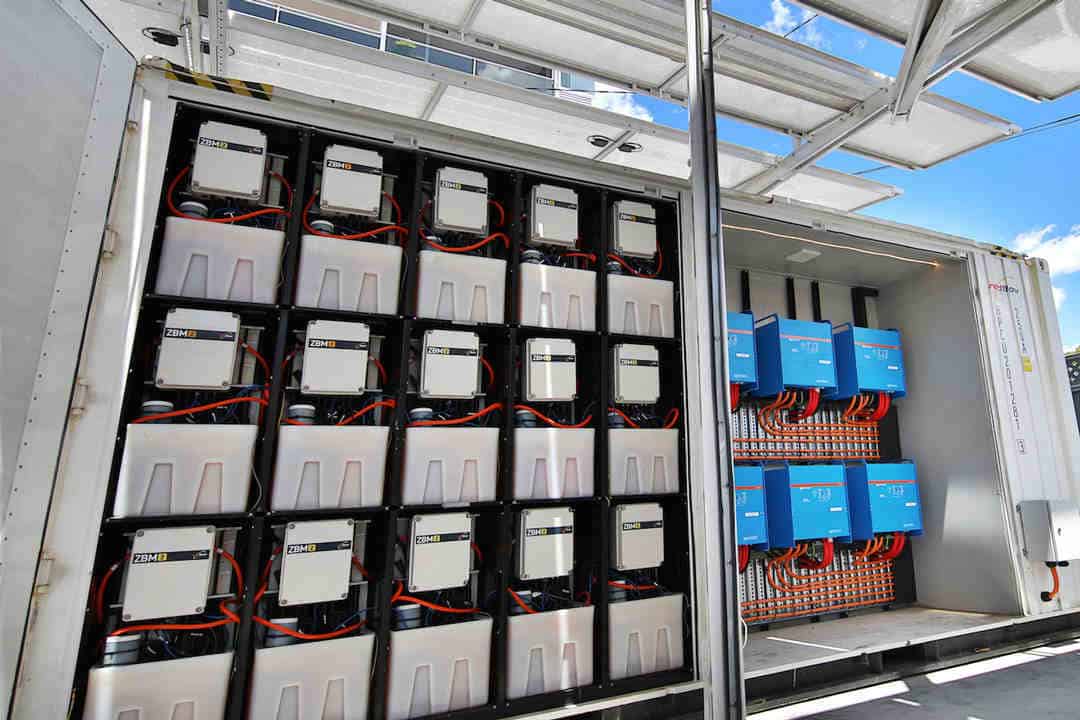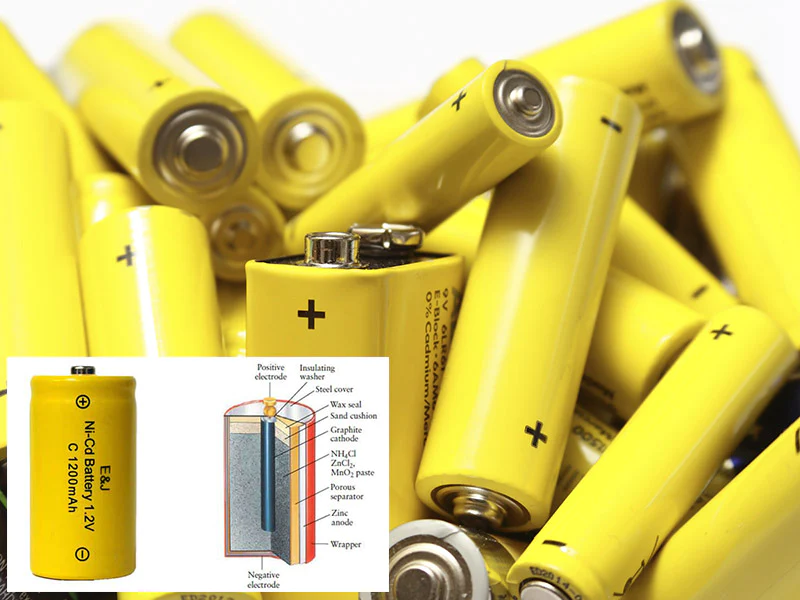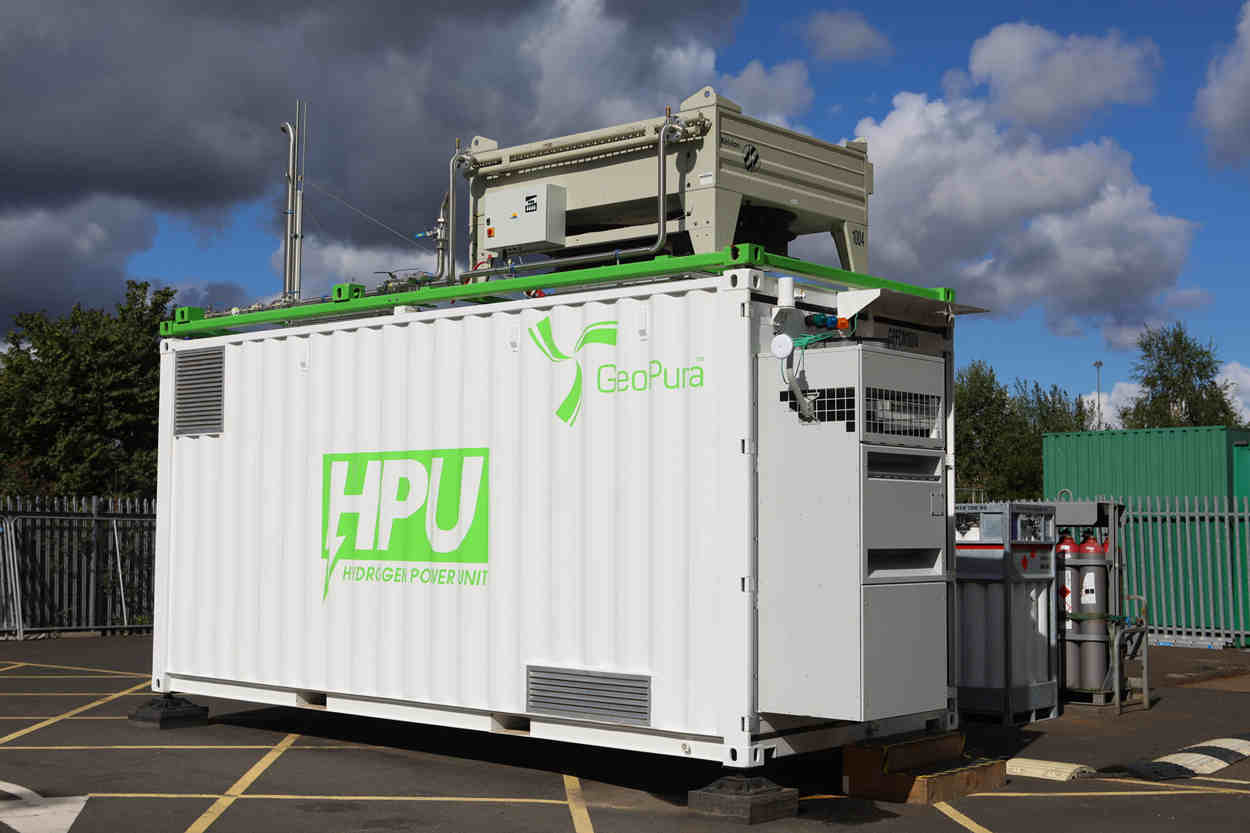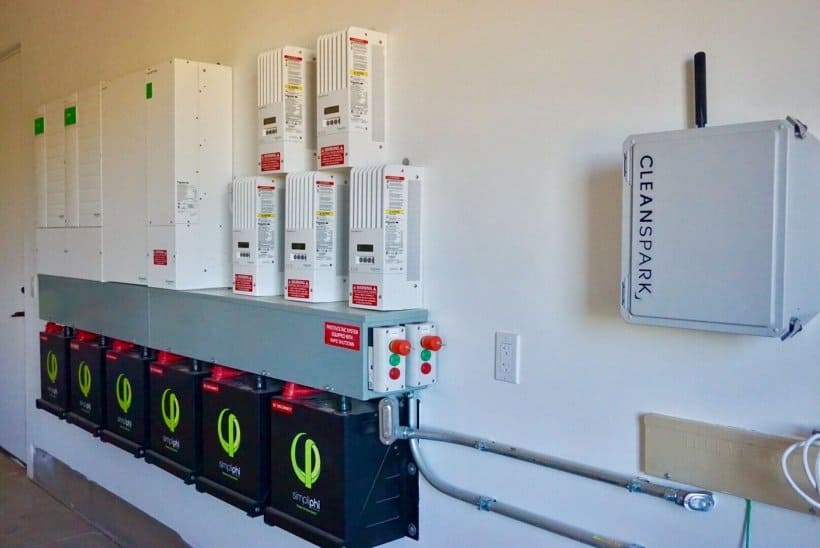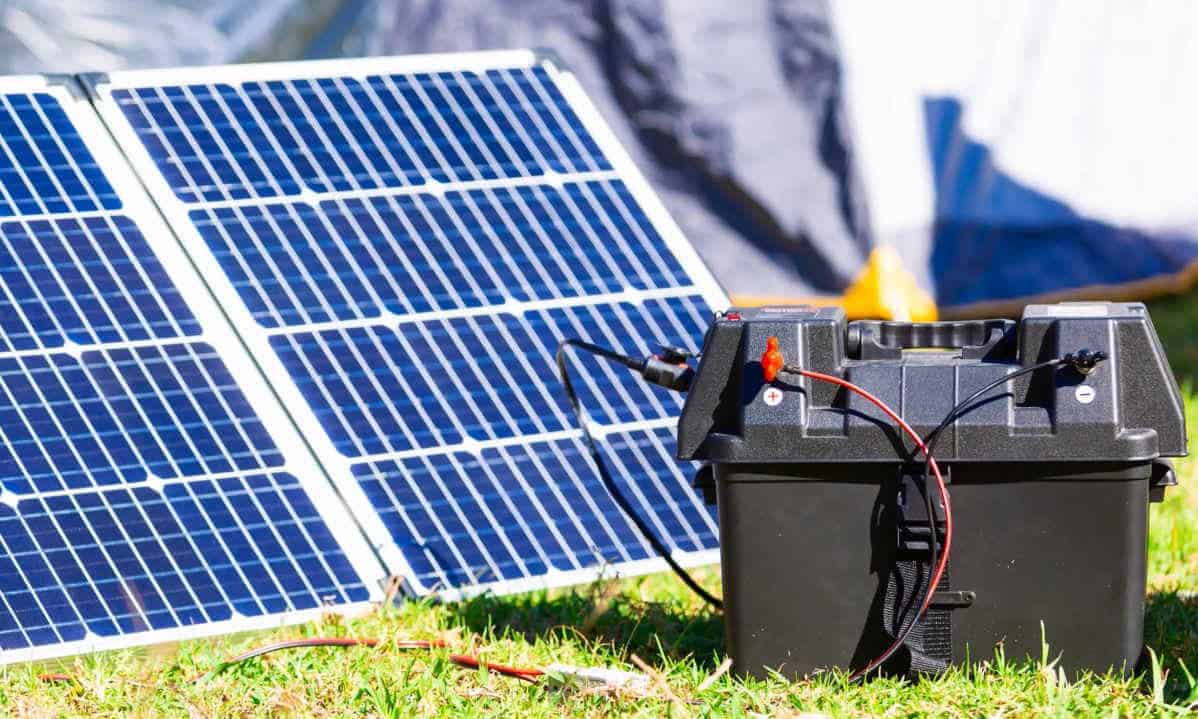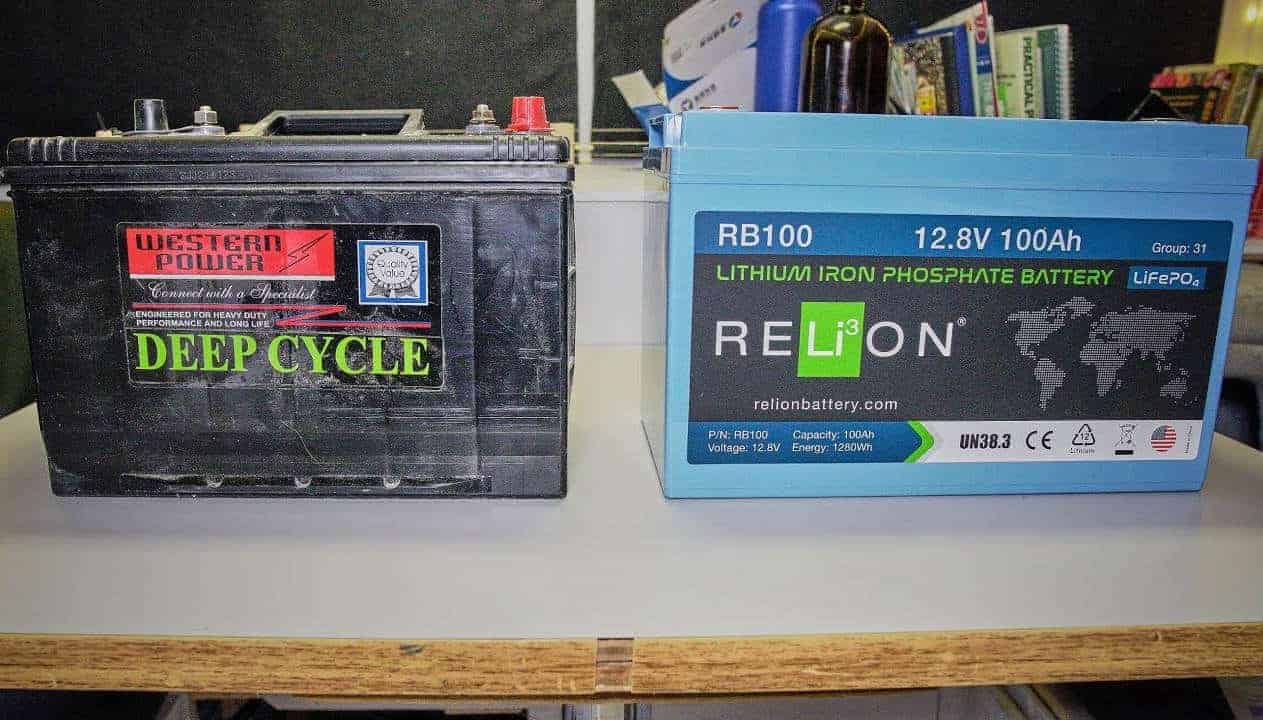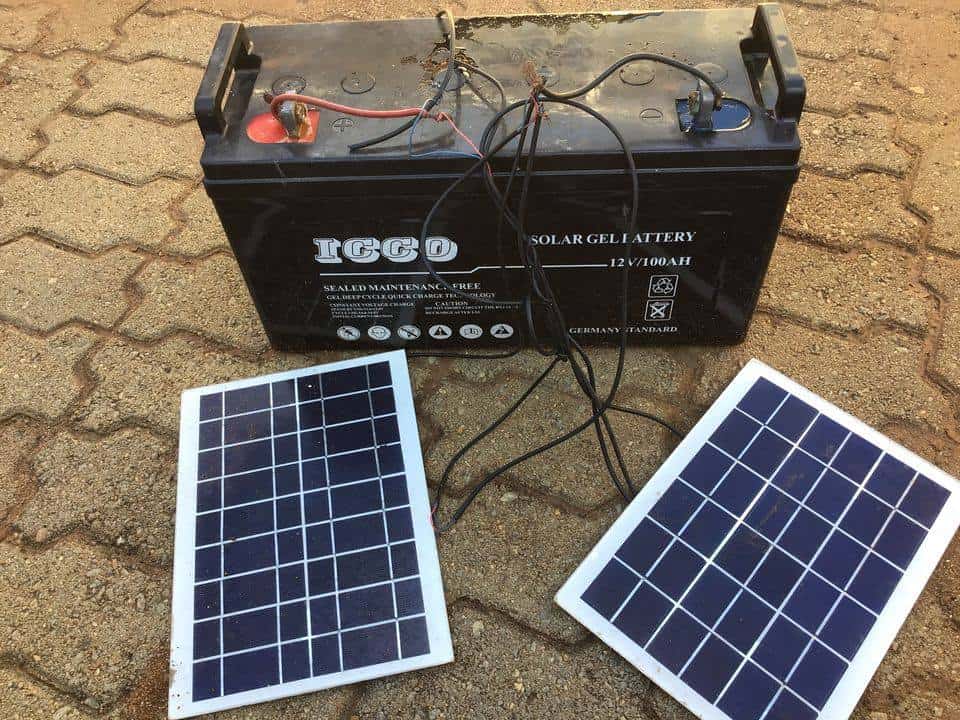Solar batteries don’t live as long as solar panels. Batteries, regardless of their type and use, will degrade over time. But some batteries last longer than others.
Solar batteries last between 5 and 15 years. But the battery’s type, quality, maintenance, and how often you use it affect its lifespan. Lithium-ion batteries last longer than lead-acid because of their chemistry and properties. Still, you can lengthen your battery’s life by taking proper care.
This article offers everything you need to know about solar batteries’ lifespan.
Understanding Solar Batteries
Solar batteries come in different types. Each offers unique features and fits varying purposes.
Lead-acid
The most cost-effective and oldest type is lead-acid. For reference, car batteries are lead-acid. But solar panel lead-acid batteries are bulkier and taller.
Lead-acid batteries are reliable. But they don’t have much capacity. So, you may need more batteries to go off-grid.
Lead-acid batteries come in two types:
- They’re the safest type, as they don’t spill or leak.
- They’re the most common and deep-cycle. So you can use them to their maximum capacity.
Lead-acid batteries are the oldest. But they evolve constantly. So, they’re still decent options, although more efficient battery types are in the market.
Lithium-ion
Lithium-ion batteries came to solve the limitations of the much older lead-acid types. They’ve been around since the ’90s. You can see them on cell phones and EVs. They’re smaller and lighter. But they offer higher capacities. So they’re more efficient.
There are different types of li-ion batteries, including
- Lithium-titanate (LTO)
- LiFePO4 (Lithium Iron Phosphate)
- Nickel Manganese Cobalt (NMC)
Unlike lead-acid, li-ion doesn’t use chemical reactions to produce electricity. Instead, the lithium ions move from the anode to the cathode. And this movement generates power.
They have:
- longer lifespan
- high reliability
- and low maintenance.
These features make them a viable option. But they’re more expensive than lead-acid batteries.
Flow
Flow batteries also use chemical reactions to produce power. But they’re more complex than lead-acid. This new technology uses a water-based electrolyte fluid. The battery contains chambers. And the fluid flows between them.
These batteries cost more. They also have lower storage capacity. But they have a 100% depth of discharge and high efficiency. Plus, they’re not toxic because they’re water-based.
Their bulky size makes them unfit for home use. But the technology is improving. And some companies offer home-use flow batteries.
Nickel-Cadmium
Ni-Ca batteries aren’t common for home use. They have toxic materials and can’t hold charge for long. Still, they
- Are durable,
- Have a long life cycle,
- Can resist high temperatures,
- Are low-maintenance.
But their toxicity means they’re not green options. So, they’re banned in many countries.
Hydrogen Cells
These are among the newest. You may not find them commonly in home solar panels. But they’re a promising technology. It offers green and safe options.
This new technology changes electricity into hydrogen to store it. Then, it changes the stored hydrogen to electricity when you need it.
| Battery Type | Uses | Pros | Cons | Lifespan | Cost |
| Lithium-ion | Residential | High performance, reliable, high capacity | Expensive | 5-15 years | High |
| Lead-acid | Residential | Reliable, cheap | Short usage cycles, low capacity, bulky | 3-5 years | Low |
| Flow | Currently commercial but the technology is evolving for residential | Non-toxic, high DoD | Bulky, expensive | 25+ years | High |
| Nickel-Cadmium | Industrial | Durable, low maintenance, high life cycle | Highly toxic | Up to 20 years | High |
Factors That Influence Solar Battery Lifespan
Battery Type
Battery types have varying lifespans. Their construction technology, properties, and efficiency affect their longevity. Solar batteries with the highest lifespans include
- Flow
- Lithium-ion
- Lead-acid
Flow batteries have the longest lifespan. Their superior technology gives them 100% DoD. They can use all their stored energy without affecting their performance. But they’re not common in the residential market. The main reason is their high prices.
The most common types are Li-ion and Lead-acid. And the former has a much longer life.
Li-ion batteries have a high charging cycle. But they can lose their capacity over time. Still, you can expect them to last 5-15 years.
Lead-acid batteries have an average lifespan of 3-5 years. That’s because of their materials, corrosion, and sulfation.
Solar Battery Usage Cycle
The usage cycle refers to the number of charges and discharges. The more you use it, the shorter its cycle life. That means you discharge it more. And you need to recharge it more often.
Plus, the battery type can affect its cycle. Li-ion batteries have a longer usage cycle than lead-acid. Li-ion batteries have a usage cycle of 1000-6000. This number is 500 to 1000 for lead acid. After reaching this number, the battery’s capacity to keep charge will reduce. And you may need to replace it.
Depth of Discharge (DoD)
The usage cycle and depth of discharge are related. DoD means how much of the battery’s capacity can be depleted. This is the DoD level for solar batteries:
- Flow:100%,
- Li-ion:80%,
- Lead-acid:50%.
When the battery has a low DoD, you should be careful. Charging and recharging beyond safe levels will cut its lifespan.
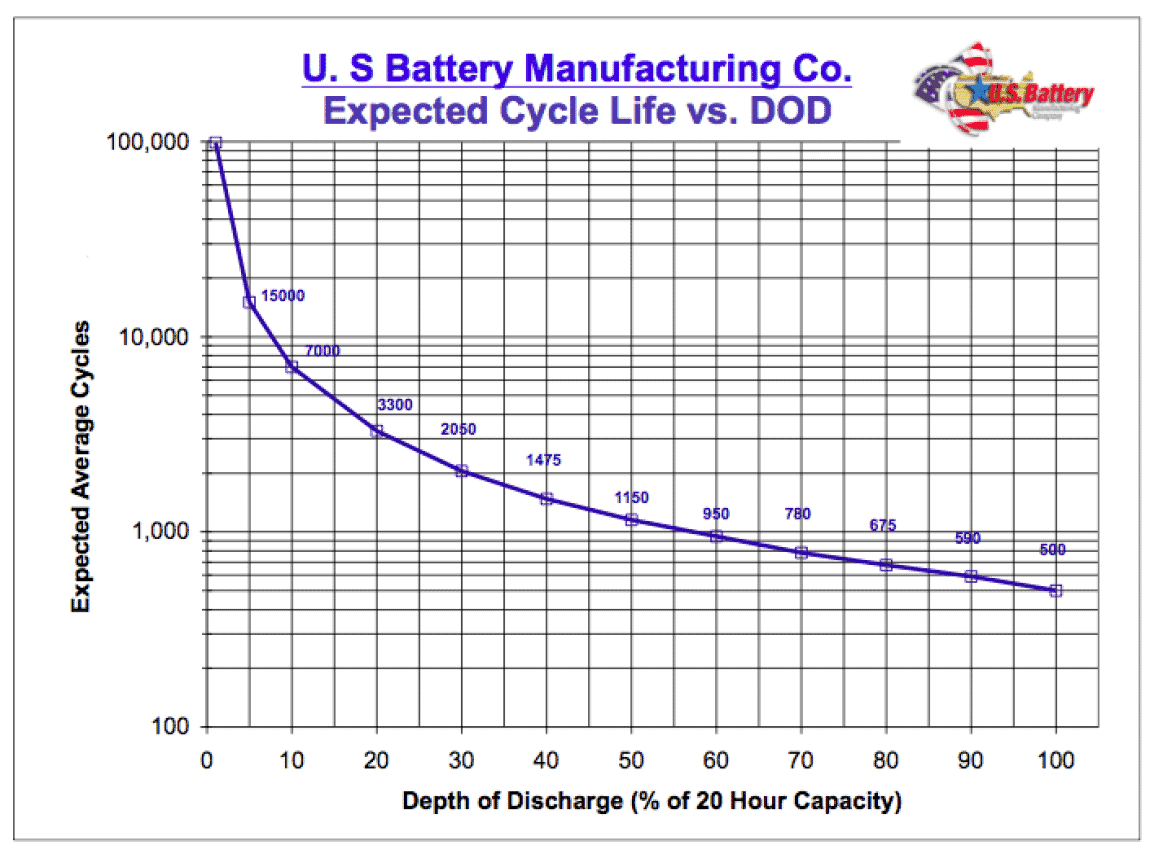
Temperature and Environment
Electronics are sensitive to temperature. Solar batteries are no exception. And it’s true for high and low temperatures. Heat increases wear and tear. It forces the battery to work harder. And low temperatures drain the battery faster.
Li-ion batteries tolerate higher temps. But they’re susceptible to thermal runaway. It can cause the battery to explode if not installed correctly.
Each battery has a working temperature stated by the manufacturer. Storing the battery under the right temperatures can prolong its lifespan.
Your area’s climate determines the storage place. If you have high temperatures, the best place is indoors.
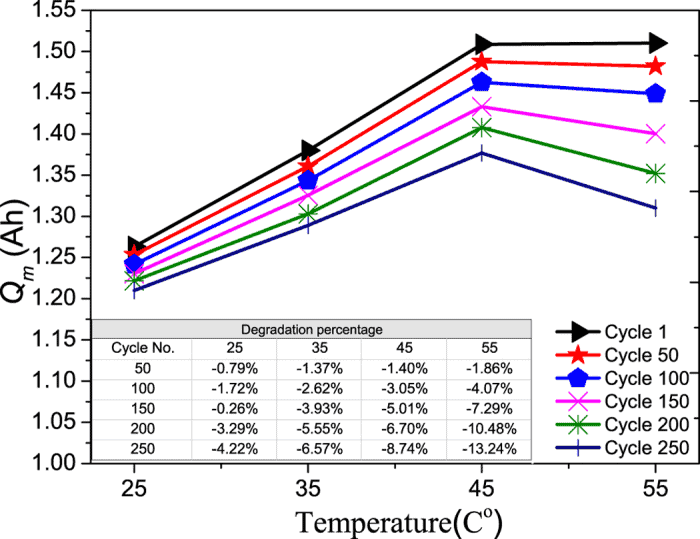
Maintenance
Keeping the battery and its terminals clean and dust-free is essential. But some batteries need more maintenance than others.
Li-ion batteries are low maintenance. But flooded lead-acid batteries are not. Most sealed lead-acid batteries are zero maintenance.
Many manufacturers and installers offer free maintenance services. Some give you apps that watch your battery’s health. They inform you of maintenance actions.
Quality and Manufacturer
The quality of construction and materials affect your battery’s lifespan. Manufacturers use different materials and processes. These affect the quality of their products. As a result, lifespan varies widely. For example, Li-ion batteries can last 5-15 years. That’s because quality affects lifespan.
Plus, manufacturers must follow safety standards to be eligible. Reputable manufacturers offer a safety mechanism. It prevents you from using your battery beyond its DoD. But batteries from obscure brands may pose safety concerns. Plus, they can lead to premature failure.
Some of the most reputable manufacturers are
- Tesla
- Generac
- LG
- Panasonic
- Sonnen
Useful Life vs. Warrantied Life
Solar batteries have two types of lifespan: useful and warranted. Both are essential in knowing the battery’s lifespan. But the manufacturer’s specs aren’t enough. Check the warrantied life as well. It shows how long the manufacturer stands behind their product.
- Useful life. It shows when the solar battery can charge up to 60% of its original capacity. At this point, the battery needs replacement.
- Warrantied life. The name is clear. Each manufacturer states how long they guarantee their products. It can range between 5 and 15 years.
To find a battery’s lifespan, check its warrantied life. If it’s short, reconsider your options.
Average Lifespan of Solar Batteries
Getting a battery from a reputable brand is essential. But maintenance and frequency of use also play a big role.
The two commonly used batteries in home panels are Li-ion and lead-acid. Li-ion has a higher lifespan and superior performance. So, they’re more common. On average, you can expect your li-ion battery to last a decade.
But a lead-acid battery doesn’t last as long. Most don’t last over five years. So, stick with li-ion batteries unless you have a very tight budget.
How to Maximize the Lifespan of Solar Batteries
Getting a high-quality solar battery isn’t enough. Before purchasing the battery, do your homework to get the right type. Here’s what to consider:
- Pick a Li-ion battery. They have a longer lifespan. Plus, they’re more efficient.
- know your usage. It affects the battery’s capacity and size. Picking the right size will prevent straining.
- Check safety and maintenance needs. Most Li-ion batteries aren’t high-maintenance. But you should know how to take care of your battery. If it needs things that you can’t do, consider other options. Ensure you have enough space to keep the battery within its safe temperature range.
You can always extend its lifespan with proper use. Your installer can give you specific guidelines. But here are some general tips:
- Clean the batteries and terminals regularly.
- Check DoD and state of charge.
- Look for sulfation signs.
- Follow recharging requirements.
- Keep the temperatures within the operating range.
- Don’t drain the battery beyond its DoD.
- Never leave the battery empty for long periods.
Check out this video on how to clean your solar batteries.
When to Replace Solar Batteries
Solar batteries are bound to degrade. You can prolong their life through proper use and maintenance. But they ultimately need replacement. These are the telling signs that indicate replacement.
Physical Damage
Inspect your battery regularly for visible damage. Connections and terminals are the best places to check. Look for signs of
- Sulfation
- Wear and tear
- Bulging
- Cracks
- Leaks
Reduced Performance
What’s the most telling sign of a bad battery? It doesn’t hold a charge. You notice a sudden decrease in the solar battery’s capacity. And it can’t provide enough power the way it used to.
When you notice these signs, first ensure it’s not your panel. Sometimes, the panel doesn’t work well or generate enough power. Check with your installer to find the faulty component.
If the battery has reached its end, you should replace it. But it’s a sensitive job. It has meticulous safety procedures. So, you should avoid it if you’re not savvy. Plus, your solar panel installer handles replacement in most cases. They find the best options and install them.
Frequently Asked Questions
What can damage the solar battery?
Improper use and extreme temperatures can damage a solar battery. Avoid hot and cold places while installing them. Also, keep its charge within the safe DoD range.
Why is my solar battery draining so fast?
When a solar battery drains fast, the battery needs replacement. It doesn’t hold a charge as much. And it can’t power your devices. Consult your installer to find the issue. And replace it if needed.
Can solar batteries be overcharged?
Solar batteries have a safe charging range. Anything more than that can shorten their lifespan. Some batteries have mechanisms that stop charging when it reaches that level.
Conclusion
Solar batteries have improved by leaps and bounds. So you can find the best one for your solar array. Depending on the battery type, material, and brand, a battery can last 5-15 years. Lithium-ion batteries have a much longer lifespan than lead-acid.

